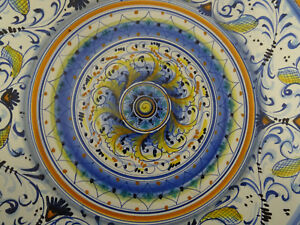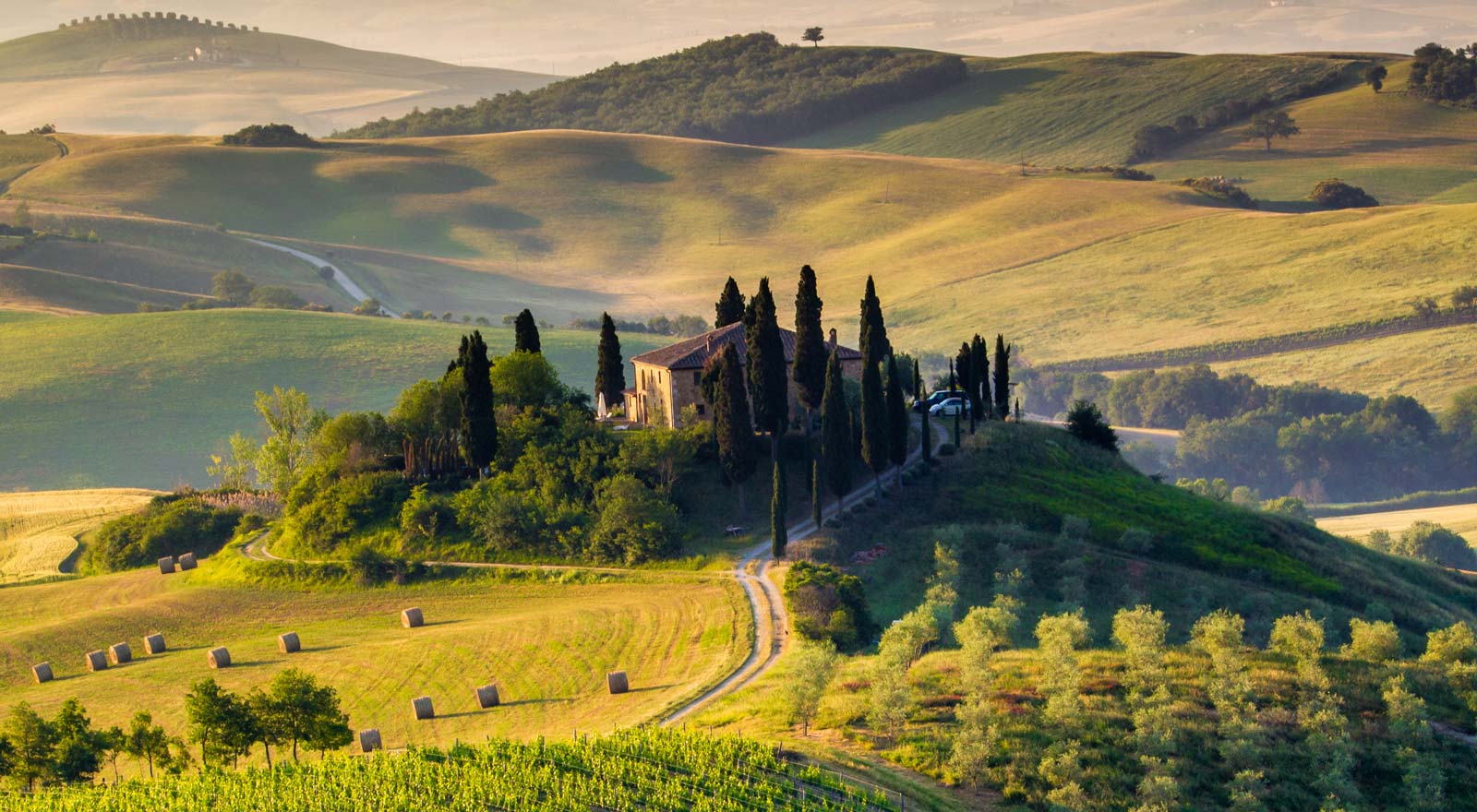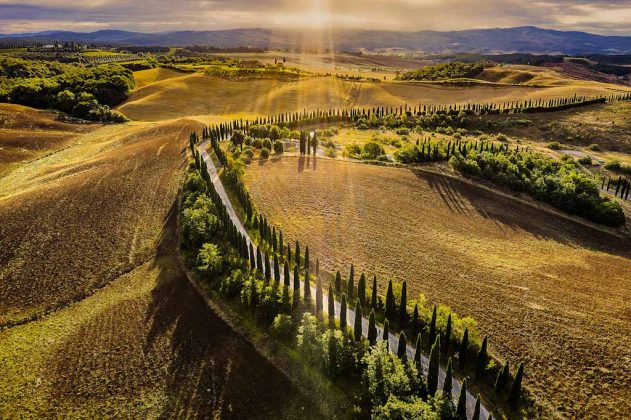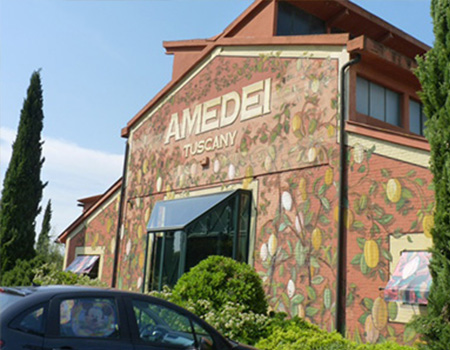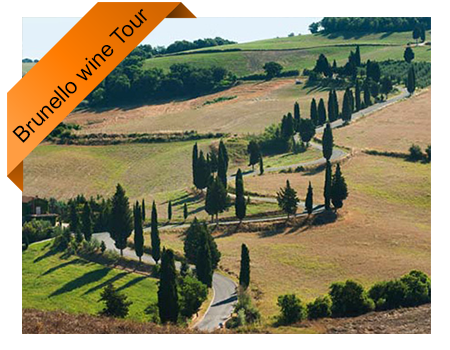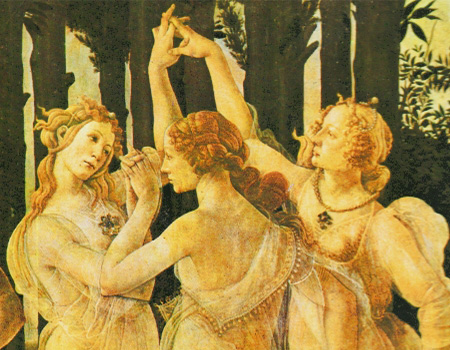Please note: If you want to book this tour 8 hours before the date
you must first request if it is available by sending a message
via whatsApp at +393483146644.
If we confirm availability you can buy it.
09.30am Meet your driver at our PIAZZA DI VERZAIA (VERZAIA SQUARE) in front of San Frediano Door. Welcome sign TUSCANY DAY TRIP
Leave Florence from the south and start to drive in the beautiful tuscan countryside in the direction of famous Chianti Wine Region.
10.30am Stop to visit the famous Monteriggioni medioeval fortress town
11.15am Visit the first Vineyard in Chianti Classico Wine Region (enjoy the wine tour inside the cellars and wine tasting experience).
You can buy or ship directly from the wine producer to your address.
12.30pm Visit the second Vineyard in Chianti with second wine tasting, extra virgin olive oil tasting, balsamic vinegar tasting, truffle oil tasting and tuscany authentich lunch.
You can buy or ship directly from the wine and oil producer to your address.
3.00pm Visit San Gimignano (when the town of the medieval towers is less crowded).
Gelato stop at the famous Gelateria di Piazza in San Gimignano (Gelato World Champion since 2006) and time to climb the Great Tower (sky walk experience).
5.00pm Time to stop at Michelangelo square (stunning view on Florence).
5.30pm Return to your address.


